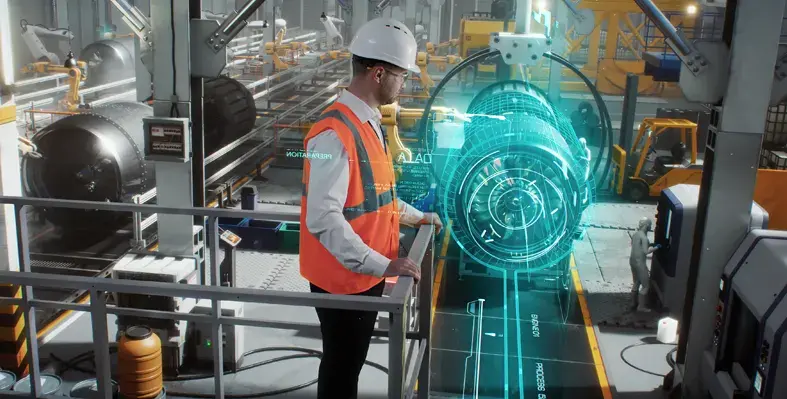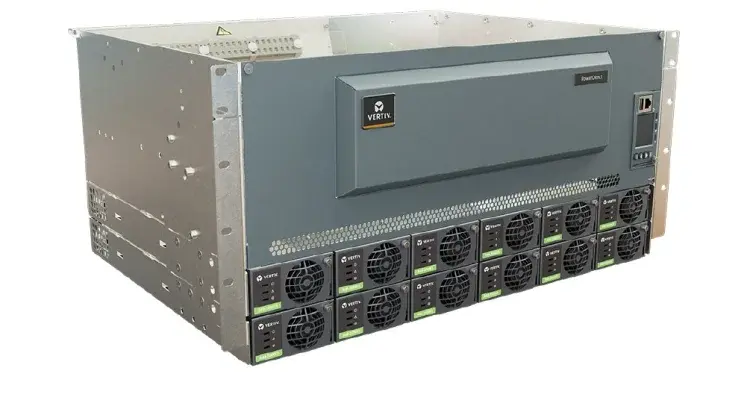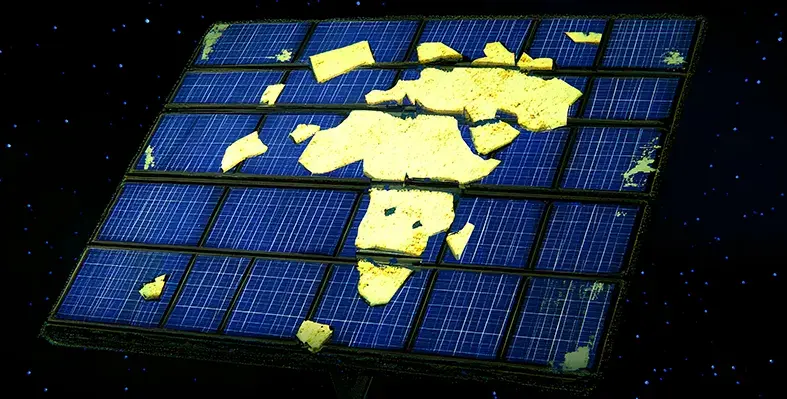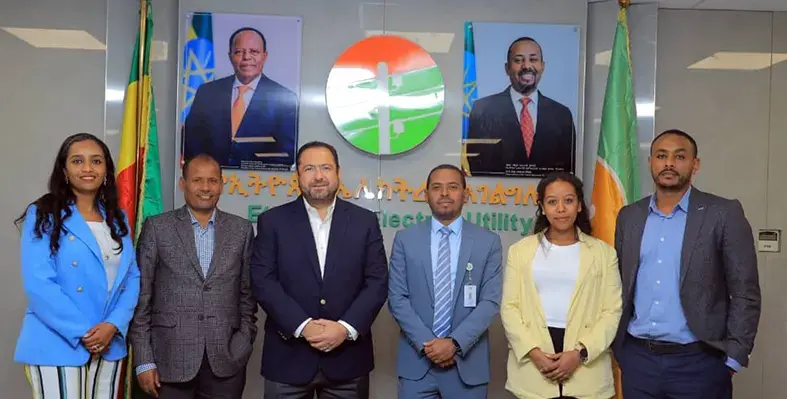The deputy minister of science, technology and innovation, Nomalungelo Gina, inaugurated a suborbital sounding rocket launch facility at the Denel Overberg Test Range in the Western Cape on 3 December 2024
This groundbreaking facility, funded by the Department of Science, Technology and Innovation and executed by the Aerospace Systems Research Institute (ASRI) at the University of KwaZulu-Natal (UKZN), marks a significant milestone for South Africa in the field of aerospace technology and innovation.
"The space infrastructure program funded by the DSTI and built by the University of KwaZulu-Natal's Aerospace Systems Research Institute is a demonstration of what the combined efforts, resources, and expertise of government, industry, and institutions of knowledge production can achieve, working together for one national goal. This facility here today is a beacon of this partnership," stated Gina.
Designed as a vital resource for next-generation aerospace projects, the facility will support advanced rocket system testing, critical research initiatives, and technological advancements in the aerospace sector.
"This gantry is a national asset that will be used to launch suborbital rockets built by ASRI but can also accommodate much larger solid-propellant vehicles of the type operated by space-faring nations, including other potential international clients on the continent and worldwide," noted Gina.
Unlike orbital launch vehicles, which are self-guided, suborbital rockets require precise aiming from a gantry tailored to specific flight trajectories, mission needs, and safety considerations.
The newly constructed launch gantry incorporates an advanced aiming and control system, allowing the boom to rotate a full 360 degrees horizontally and elevate to a vertical position. This ensures pinpoint accuracy in all directions and quick adjustments for conditions like wind shifts on launch days.
When vertical, the gantry stands as tall as a six-storey building but can be lowered horizontally during rocket loading and the installation of ground support systems for fueling and launching operations.
Mike Brooks, director of ASRI, stated, "The facility is designed to enable suborbital sounding rocket missions into the high atmosphere, and beyond into space. Many countries use sounding rockets to conduct research related to atmospheric physics, radiation, and magnetism in regions that are too high for balloons and too low for orbiting satellites.
"Sounding rockets help advance our understanding of the Earth and its atmosphere, but they are sizeable vehicles and need a purpose-built gantry from which to launch. The new facility makes it possible to launch ASRI's smaller Phoenix hybrid rockets that reach around 18 km and are used for training young engineers, but it can also accommodate much larger commercial sounding rockets that can achieve altitudes above 200 km, which is well into space," he explained.
ASRI envisions the facility as a driving force for South Africa's national priorities, including economic growth, job creation, and skills development. By fostering innovation in aerospace technology, the facility aims to attract investments, boost local industries, and open new markets. It also aims to create highly skilled jobs and offer training opportunities for future engineers and scientists. These initiatives aim to position South Africa as a global leader in space exploration and technological advancement.
"Having a local facility from which to launch such rockets will act as a catalyst to bring rockets to South Africa for scientific missions. Importantly, it will also catalyse the local aerospace industry to develop a South African sounding rocket, as well as the payloads, onboard sensors, and subsystems that go into these advanced machines. These activities will stimulate South Africa's aerospace industry, creating new economic opportunities for the local advanced manufacturing industry," Prof. Brooks remarked.
The facility’s capabilities were showcased with successful launches of the Phoenix-1D on 2 December 2024 and the Phoenix-1E on 4 December 2024.























